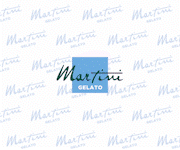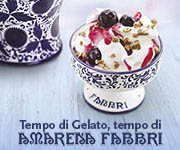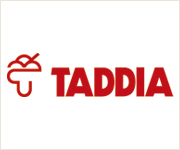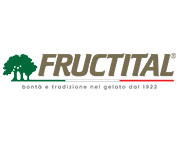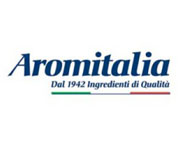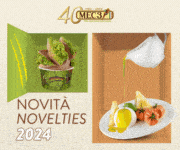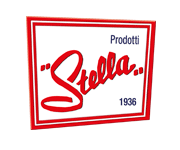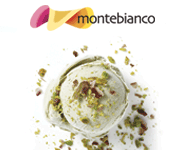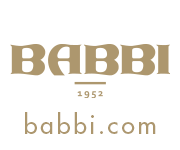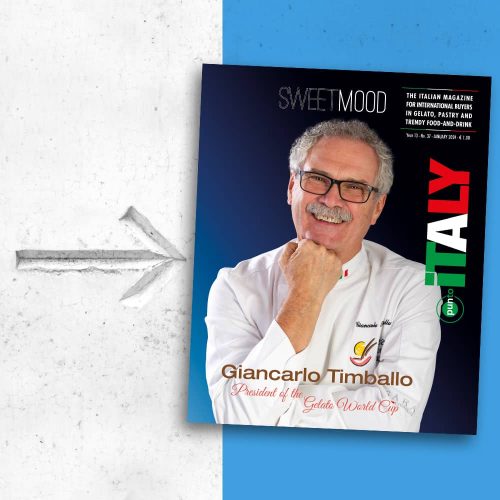Ricotta, the Cheese that’s not cheese
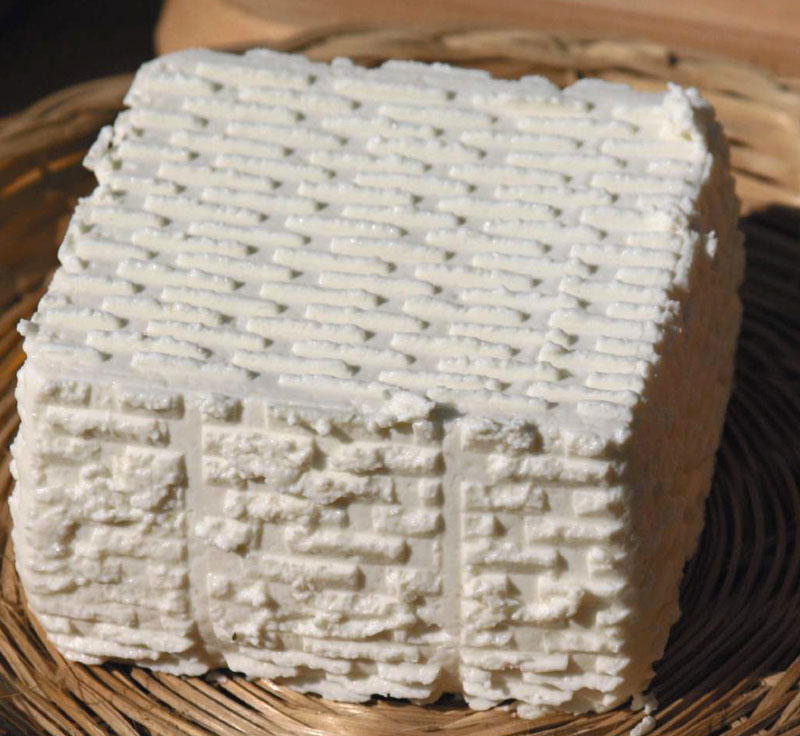
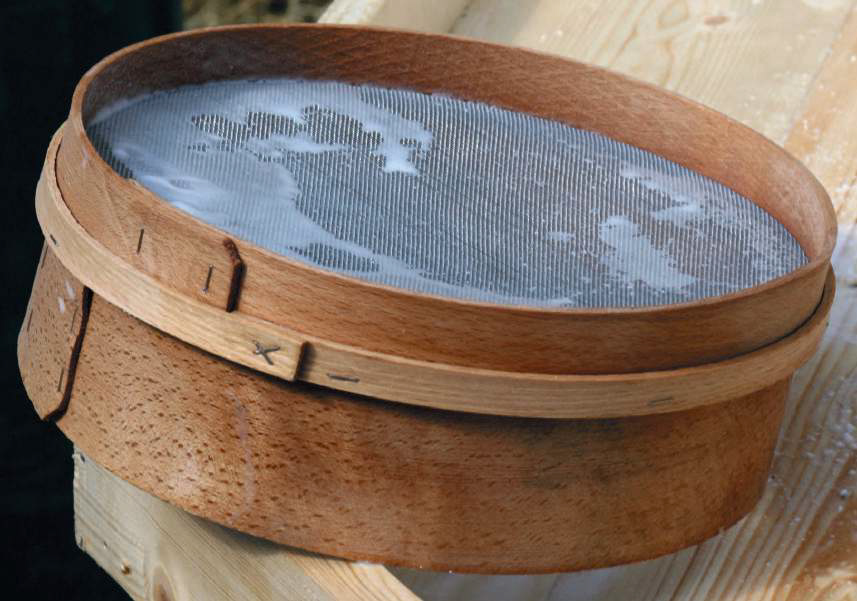
Ricotta is a dairy product, a derivative of cheese production, obtained by recooking the whey obtained from its extraction (in fact “ricotta” means recooked). While cheese is obtained by drying and/or ageing the curd, ricotta is the result of the processing of the whey that is freed from the curd by syneresis. The differences do not stop here. The protein fraction between cheese and ricotta is substantially different.
The former is produced by the thickening and subsequent aggregation of the caseins contained in the milk; the latter is obtained from the proteins of the whey – albumin and globulin – which are denatured and coagulated, forming a small lattice that incorporates the fraction of fat still present.
To be able to thicken, the whey proteins are subjected to a thermal action, heating them from 80°C to 95°C. Sometimes some acidic agents are also added, citric acid or lactic acid, obtained from the whey of the previous production lot left to acidify overnight. As a result of the motion of the heat-induced serum, the coagulated mass will separate out. This mass is collected with a skimmer and placed in “fuscelle”, perforated plastic containers (formerly made of woven reeds) to allow the draining off of the liquid part.
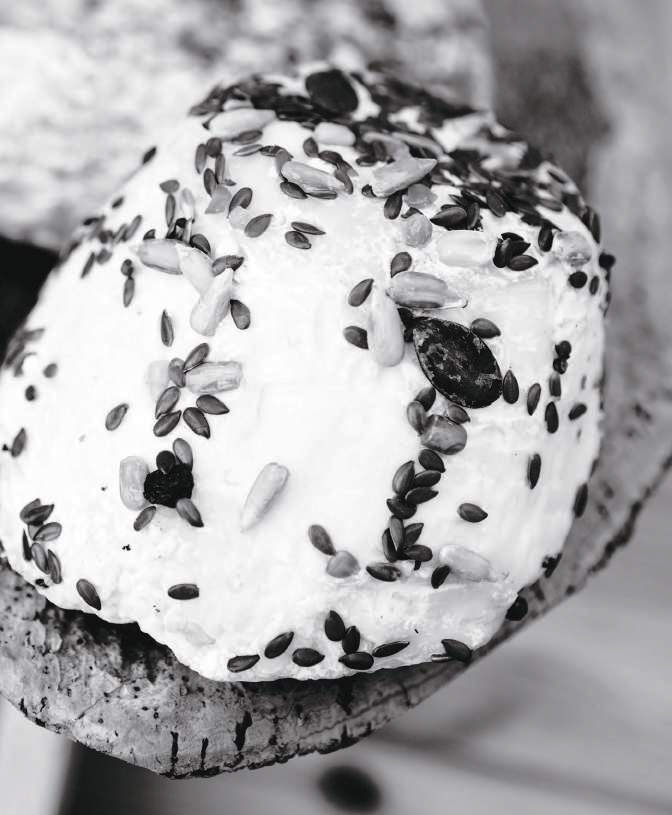
When it is produced
The period of production differs according to the variety of milk. Cow’s milk ricotta is produced all year round, while ricotta from sheep’s milk takes place from December to July, the months when the “sheep go dry” (rest period) and the pastures are more arid. The characteristics of the ricotta vary according to the feeding of the animals: in the period of lush green pastures the ricotta will be more yellowish (due to the carotenoids contained in the fresh grass), while a diet of dry hay will result in a whiter colour.
Ricotta cream and Sicilian sweets
The ricotta cream in traditional Sicilian cassata and in so many other sweets of the region, from the cannolo to the sfincia, consists of sheep’s ricotta (or mixed cow/sheep ricotta) and sugar, often enriched with chocolate chips or candied fruit cubes. The percentage of sugar varies from time to time depending on the amount of fat and water in the ricotta. A high percentage of sugar leads to excessive fluidization of the ricotta making it less useful.
Chemical composition of sheep’s ricotta
• water (74.10%)
• fats (11.50%) of which saturated (7.36%)
• cholesterol (0.42%)
• available carbohydrates (4.20%)
• protein (9.50%)
• minerals like calcium, phosphorus, magnesium,
sodium, potassium, zinc, and copper
• vitamins A and B1
Light taste
Contrary to what one might think, ricotta is a light product compared to other dairy products. 100 g of sheep ricotta has 157 calories compared to the 253 calories of classic mozzarella and 163 calories of light mozzarella.
The caloric values are different for sheep’s milk ricotta, as fresh milk or cream are added to the whey during production. The addition is necessary to achieve products that are smoother on the palate and with a more intense taste.
The number of calories in ricotta cream is directly proportional to the amount of added sugar; for 100 g of ricotta cream made with sheep’s ricotta but without milk or cream, the calories are around 285, comparable to those of cow’s mozzarella and lower than those of buffalo mozzarella.
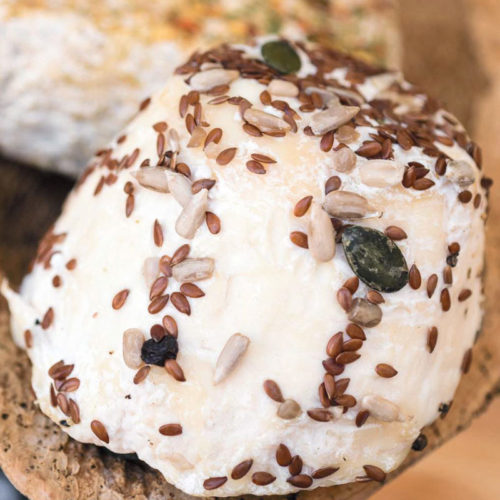
Recent Blog Posts
 Medac and AIFA: Hip hip hooray for Charles!
Medac and AIFA: Hip hip hooray for Charles! Sigep 2024 - Carpigiani’s special events with a look at the “green” future of Gelato and pastry
Sigep 2024 - Carpigiani’s special events with a look at the “green” future of Gelato and pastry Maurizio Manzi, as Ambassador for AIG, at the Melbourne Italian Festa
Maurizio Manzi, as Ambassador for AIG, at the Melbourne Italian Festa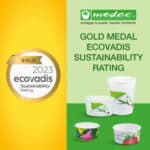 Medac awarded with the EcoVadis gold medal
Medac awarded with the EcoVadis gold medal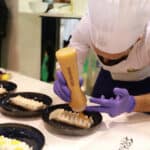 MIG Longarone and SIRHA Budapest: a new dynamic space for italian gelato
MIG Longarone and SIRHA Budapest: a new dynamic space for italian gelato Medac supports Alice Italian Food Academy
Medac supports Alice Italian Food Academy The Gelatissimo 2024 online ticket office is officially open.
The Gelatissimo 2024 online ticket office is officially open. Casa Optima Group looks for two exclusive agents
Casa Optima Group looks for two exclusive agents Gelatissimo 2024: here the first information
Gelatissimo 2024: here the first information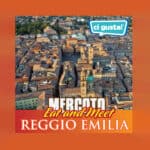 Ci Gusta opens a new store into the “Il Mercato Eat&Meet” in Reggio Emilia
Ci Gusta opens a new store into the “Il Mercato Eat&Meet” in Reggio Emilia

